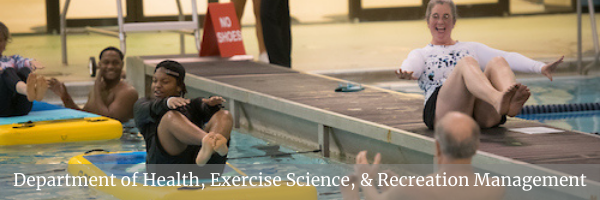Document Type
Article
Publication Date
3-1-2019
Abstract
© 2019 The Authors. Physiological Reports published by Wiley Periodicals, Inc. on behalf of The Physiological Society and the American Physiological Society. To examine the task failure time of the force- and position-based submaximal elbow flexion fatiguing tasks for both sexes, twelve men and eight women visited the laboratory for two separate experimental occasions. During the experiment, they pulled against a rigid restraint for the force task and maintained a constant elbow joint angle to support an equivalent inertial load for the position task. For both fatiguing tasks (50% of the isometric strength at the elbow joint angle of 135 degree), the task failure time, along with the surface electromyographic (EMG) amplitude and mean frequency (MNF) were measured. The average failure time was longer for the force task than that for the position task (sexes combined: 39.6 ± 16.6 sec vs. 33.9 ± 14.9 sec, P = 0.033). In addition, men were overall less fatigable than women (tasks combined: 42.0 ± 14.7 sec vs. 28.7 ± 10.3 sec, P = 0.020). The multiple regression analyses showed that the task failure time in women was solely predicted by the rate of change of the triceps EMG MNF. Thus, more fatigability of women in this study was likely due to the quicker fatiguing rate of the antagonist triceps brachii muscle. Different from most previous studies that have used 90-degree elbow joint angle, the current 135-degree joint angle setup might have created a situation where greater muscle activity from the related muscles (e.g., the antagonist) were required for women than for men to stabilize the joint, thereby resulting in a shorter task failure time.
Relational Format
journal article
Recommended Citation
Jeon, S., Ye, X., & Miller, W. M. (2019). Sex comparisons of agonist and antagonist muscle electromyographic parameters during two different submaximal isometric fatiguing tasks. Physiological Reports, 7(5), e14022. https://doi.org/10.14814/phy2.14022
DOI
10.14814/phy2.14022
Accessibility Status
Searchable text
Included in
Exercise Physiology Commons, Leisure Studies Commons, Recreation Business Commons, Sports Management Commons, Sports Sciences Commons, Sports Studies Commons


